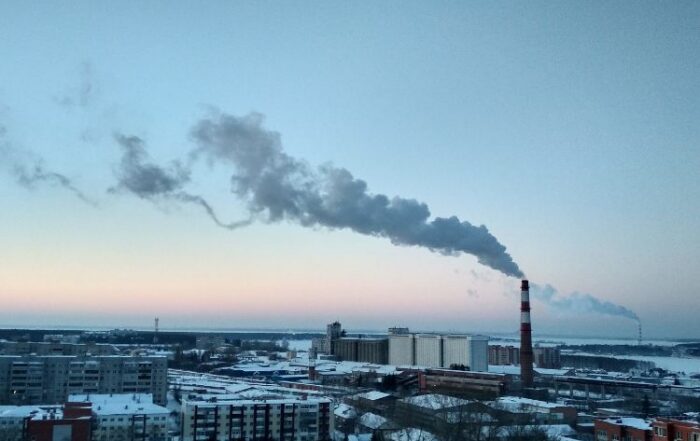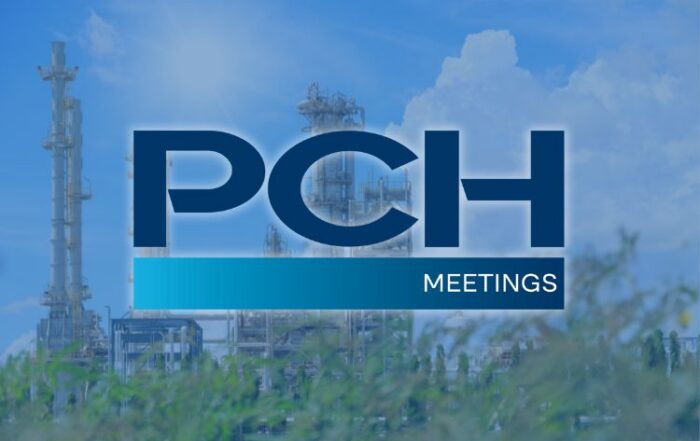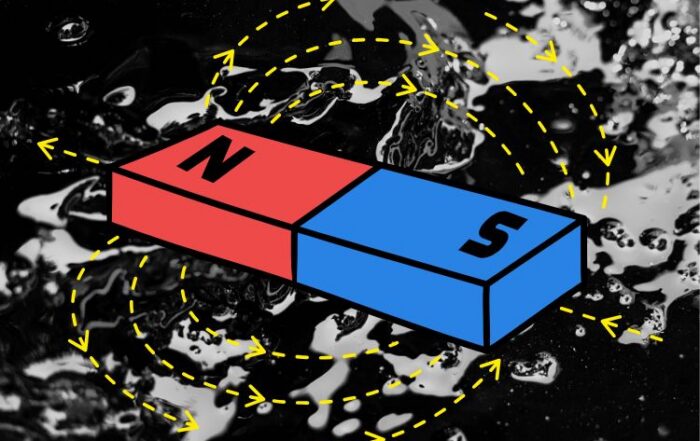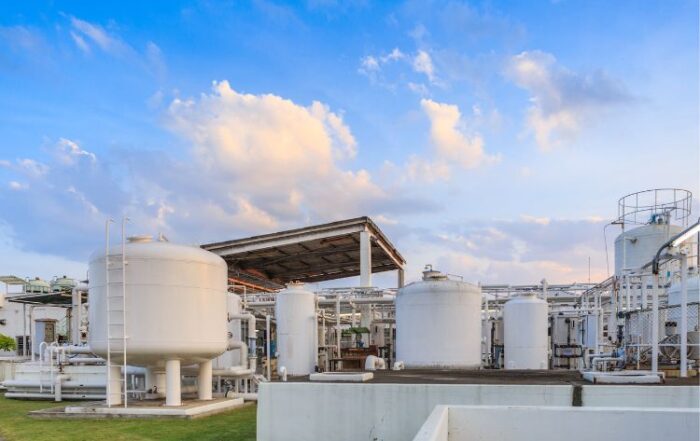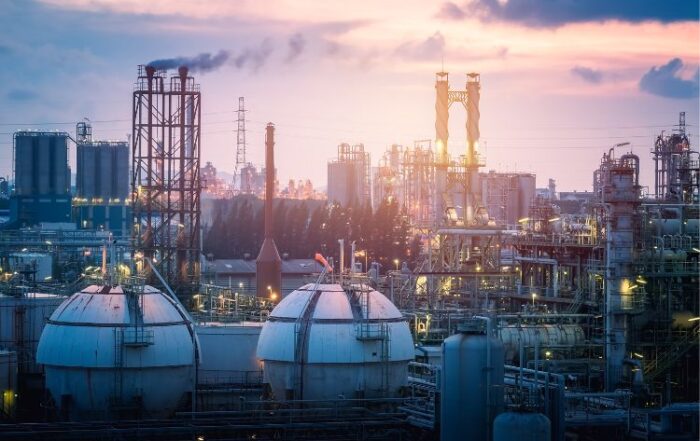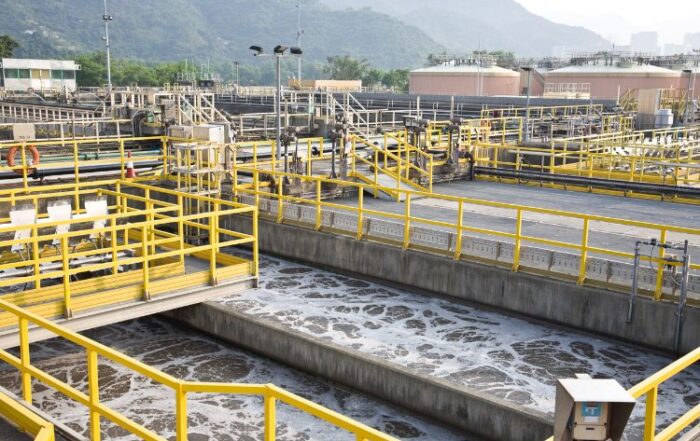
Gas Treatment on Metalurgical Process
The different treatments used in the industry are intended to improve the properties of the metal surfaces to provide them with new functionalities to facilitate further treatments or to provide a decorative finishings.
To do that the pieces are treated in baths/pickling tanks of different nature. Some of these generates vapours which are very harmful to health or to the environment.
TECNIUM designs, manufactures, installs and comissions this type of gas treatment installations to extract these gases and subsequent treat them. With these systems, apart from protecting the health of workers, the gases are cleaned before they are released into the atmosphere to comply with current environmental legislation.
Description of TECNIUM gas treatment systems
Depending on the type of treatment applied to metals (pickling, galvanizing, anodizing, plating, ..), different types of liquids are used, such as hydrochloric acid, sulfuric acid, caustic soda, chromic acid, …
The corrosive nature of used liquids, requires the selection of plastic materials to handle them properly.
TECNIUM gas treatment system includes:
- Collection pipes of gases to be treated
- Centrifugal fan for gas extraction
- Wet scrubber or chemical scrubbers
And generally is performed:
- Side aspiration of treatment tanks: aspirations from one or both sides, or by sucking air from one side and pushing air from the other side to create an air sweep above tank. The choice of type of aspiration depends on the size of the tanks.
- Aspirations from the crane that raises and lowers the pieces. To do that it is necessary fairing the crane in order to close and maintain it in a slight depression.
- Supply of crane intake manifold, which enters the main intake manifold by using a lip seal that allows its movement with the movement of the crane.
Gas flow is handled by a corrosion resistant centrifugal fan, designed to overcome system pressure drop produced in the collection pipes and further scrubbing system, where the corrosive gas is really cleaned.
Scrubbers can be of vertical or horizontal type and is where the transfer from the polluted gas phase to the liquid phase is carried out, or where the chemical reaction between gas and liquid is produced. The system is completed by a recirculation pump to drive the washing liquid to sprayer system in the top of scrubbers.
More information
Give us your contact details and we will advise you on the best solution for your application.
View also
How Gas Scrubbing Technologies Will Drive Decarbonisation in the Chemical Sector
Decarbonisation as the Urgent Challenge for the Chemical Industry The chemical industry is entering one of the most transformative decades in its history. As regulatory pressure intensifies and global climate targets advance, [...]
Tecnium to attend PCH Meetings 2025 in Lyon
Leading Innovation in Chemical Process Equipment Tecnium will participate in the 21st edition of PCH Meetings, the leading international business convention for process, chemical, petrochemical, and pharmaceutical industries, to be held on [...]
Magnetic Drive Pumps: The Science Behind Leak-Free Chemical Transfer
Why Magnetic Drive Technology Matters In industrial environments where safety, reliability, and chemical containment are critical, even a small leak can have major consequences. Traditional centrifugal pumps, which rely on mechanical seals [...]
Biofiltration for Air Pollution Control
Introduction to Biofiltration and Air Pollution Control Air pollution control is a persistent challenge across multiple industries — from wastewater treatment to chemical manufacturing, food processing, and beyond. As regulations grow stricter [...]
ECHA 2025 Report
Why the ECHA 2025 Report Matters The European Chemicals Agency (ECHA) plays a central role in regulating the safe use of chemicals across the European Union. Through its guidance, risk assessments, and [...]
A Key Element for Environmental Protection in WWTPs
Why Gas and Odour Emissions in WWTPs Are an Environmental Issue Wastewater treatment plants (WWTPs) play a critical role in safeguarding public health and the environment. However, the treatment process itself can [...]





